Gender Equality and Women's Empowerment
Long-term, sustainable development will only be possible when women and men enjoy equal opportunity to rise to their potential. But today, women and girls continue to face disadvantages in every sector in which we work, while in some cases, boys are falling behind.
In agriculture, women make up more than 40 percent of the labor force, but only represent between 3 to 20 percent of landholders. In Africa, women-owned enterprises make up as little as 10 percent of all businesses—and in South Asia, only 3 percent. And despite representing half the global population, women comprise less than 20 percent of the world’s legislators.
If we can erase these inequities—and put women on equal footing with men—we know that we can unlock human potential on a transformational scale. Just by empowering women farmers with the same access to land, new technologies and capital as men, we can increase crop yields by as much as 30 percent and feed an additional 150 million people.
For decades, USAID has been leading global efforts to achieve gender equality. While great strides have been made, gender inequality remains a significant challenge across every development initiative worldwide, from education to global health.
Today, we are accelerating efforts to advance equality and promote women’s advancement by:
- Ensuring all our strategies and programs contribute to reducing gender gaps that impede development and slow progress;
- Developing frameworks and metrics that measure the gender impact of our programs so we can measure women’s participation, priorities and needs; and
- Ensuring the composition of our own staff reflects our own principles so we reflect our commitment to equality and female leadership.
We have established a solid foundation to accelerate progress:
- We ensure that every strategy and project is shaped by a gender analysis and establishes common indicators for judging our success.
- We released a new Gender Equality and Female Empowerment Policy, which will significantly strengthen our capacity to support women and girls by ensuring our efforts are integrated and based in rigorous analysis.
Learn More
- Fact Sheet: USAID Gender Equality and Women's Empowerment (GenDev) Office (PDF, 185KB)
- Fact Sheet: USAID Gender Equality and Female Empowerment Policy
- Highlights of USAID's Gender Equality and Women's Empowerment Work
- Women Leaders Chart a Path to the Future
- Women in Development Featured in FrontLines
- Secretary of State Hillary Clinton on “Evidence and Impact: Closing the Gender Gap”
- Deputy Administrator Donald Steinberg on WAMU’s Diane Rehm Show about Ending Violence Against Women Worldwide







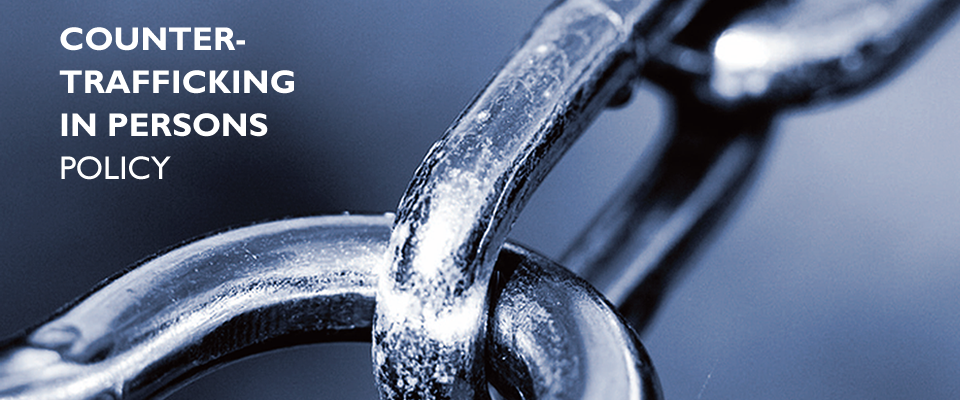
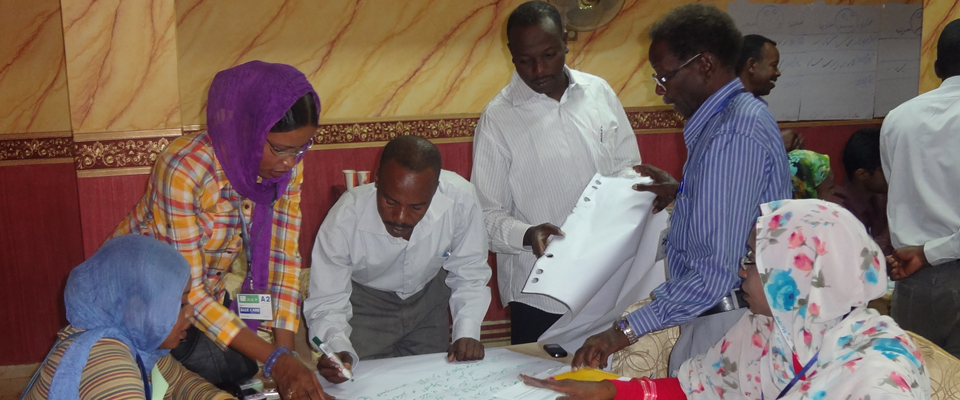

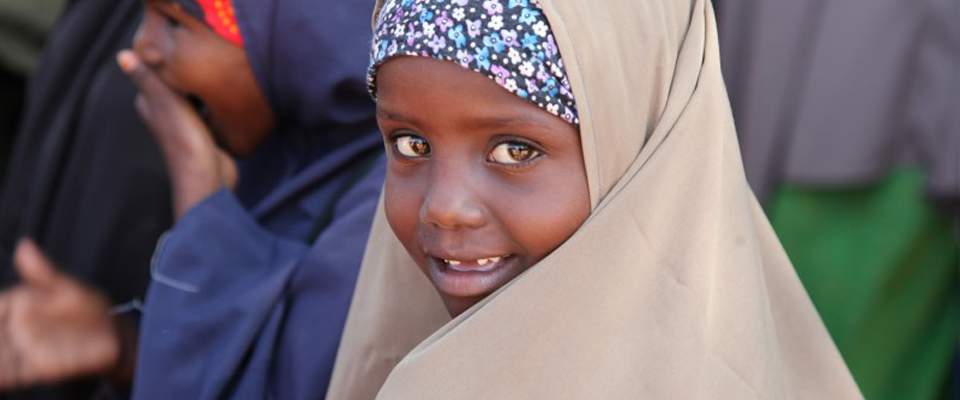
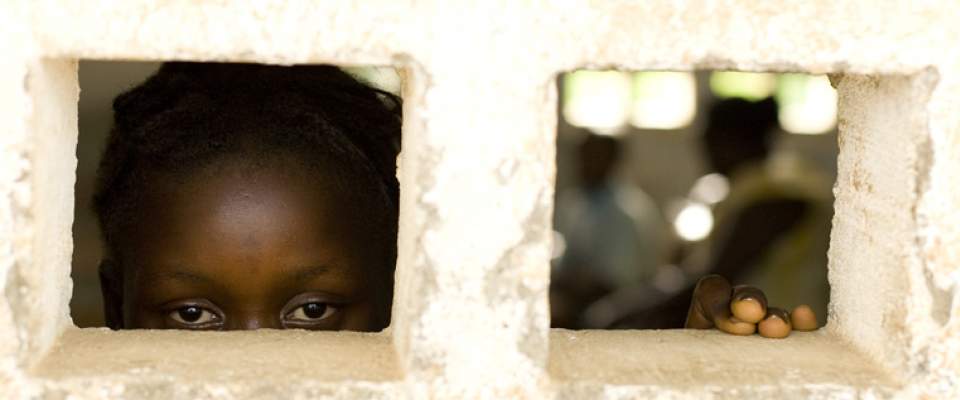

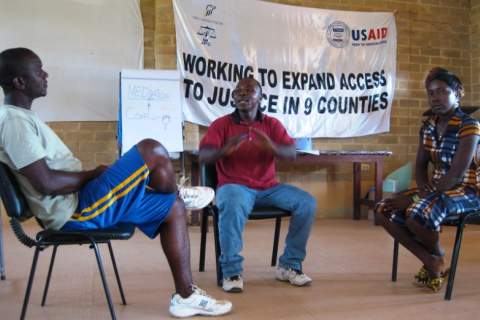
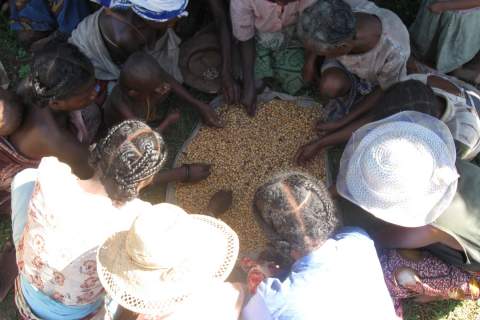


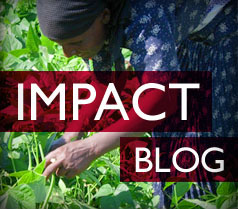
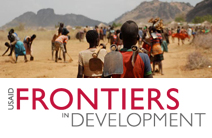
Comment
Make a general inquiry or suggest an improvement.